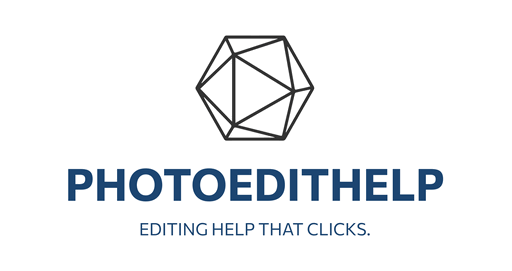Lightroom’s new reflection removal, AI masking, and generative AI cleanup tools make it possible to rescue old photos once ruined by glare, fences, or background clutter. Anthony Morganti demonstrates how these features can turn previously unusable shots into clean, detailed images using some old images shot in a zoo.
Key Points
- Reflection Removal Tool
- Removes glare from glass or fences
- Works best on “High/Best” quality mode (slower but sharper)
- AI Masking
- Isolates subject vs. background for targeted edits
- Speeds up selective brightening, darkening, or blurring
- Generative AI Object Removal
- Deletes posts, wires, and other distractions cleanly
- Offers multiple variations to choose from
- Tonal & Detail Enhancements
- Set white/black points using option/alt key for perfect exposure
- Add clarity, texture, and sharpening to restore fine details
- Finish with a subtle vignette to draw focus
- Noise Handling
- Older shots often have high ISO noise
- Noise reduction can be applied selectively or skipped if sharpening later
Risk / Reward Snapshot
| Factor | Pros | Cons / Cautions | Likelihood |
|---|---|---|---|
| Reflection removal | Recovers hidden detail, removes glare | Slow to process on “Best” setting | High |
| AI masking | Very fast selective editing | Needs manual cleanup on complex edges | High |
| Generative removal | Removes clutter automatically | May slightly alter subject, requires checking | Medium |
| Noise handling | Keeps detail by avoiding aggressive denoising | Can leave visible noise if over-sharpened | Medium |
| Tonal adjustments | Creates balanced, pro-looking images | Overdoing can cause clipping or halos | High |
Bottom Line
Lightroom’s latest tools can transform old, flawed wildlife images into polished photos. Reflection and fence removal, quick masking, smart cleanup, and tonal balancing combine to solve problems that used to be deal-breakers.
